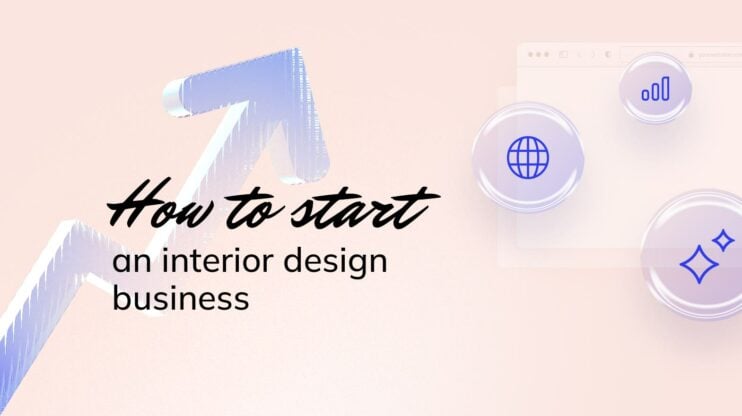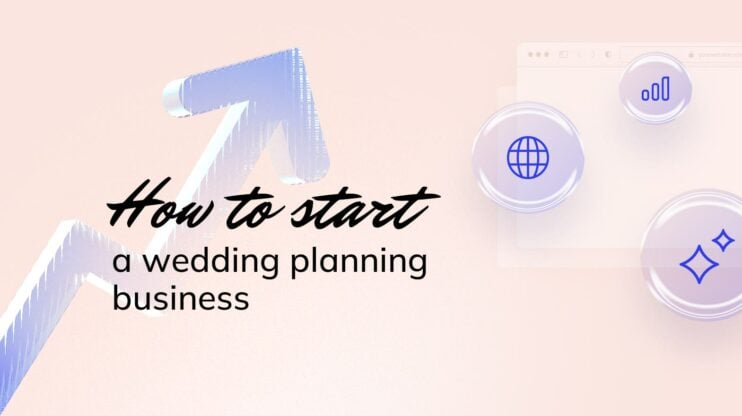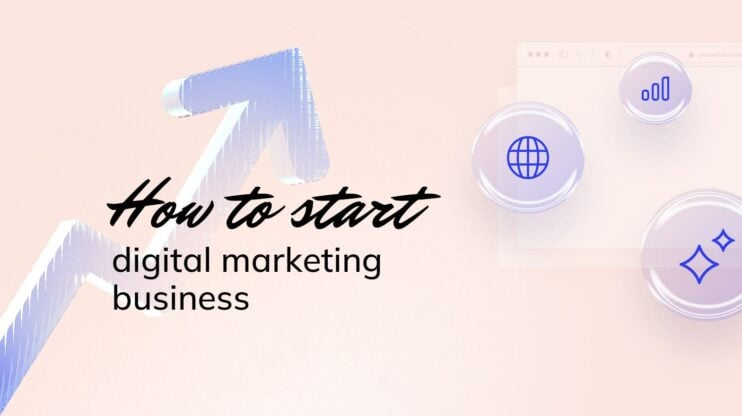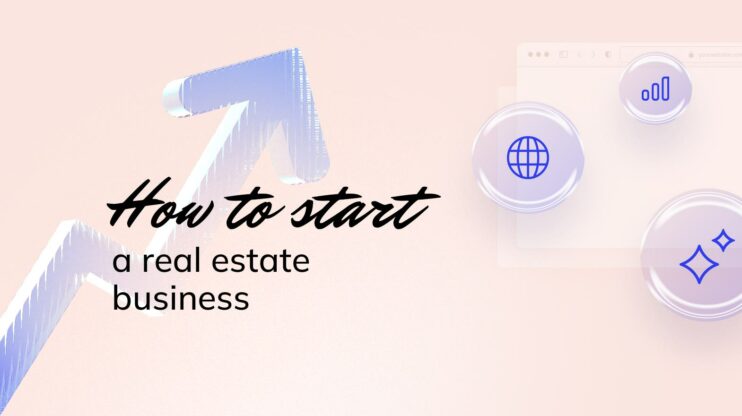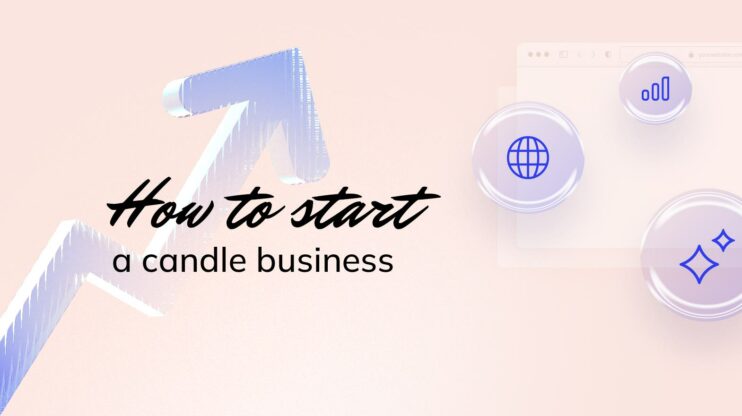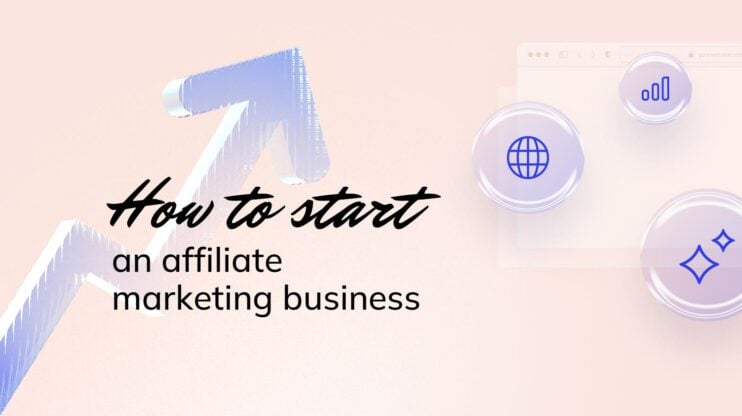You’ve been thinking of starting a side-hustle that fits your day job, and a subscription model checks all the boxes: predictable revenue, loyal customers, and real growth potential. It’s setting something up once and then watching recurring orders roll in month after month without much work.
I had the same thoughts and did some research on how to start a subscription business. Today, I’ll share how subscription businesses work and what it takes to succeed. In the subscription business model, customers pay regularly (monthly, yearly, or however you set it up) to get your product/service on the same regular basis. Let’s break down what you need to start a subscription business.
Start a subscription business: step-by-step
You’re ready to build a side-hustle that practically runs itself. With just one setup, you’ll unlock predictability, turn casual buyers into loyal fans, and fuel real growth as orders roll in month after month. Here is your step-by-step guide.
1. Identify your niche
Your niche is your main focus in the subscription business. First, select what type of subscription business to start. Identify exactly what you offer. If you are unsure, you can ask yourself these questions:
- What am I passionate about?
- What problem can I solve?
- What’s unique about my idea?
In my case, I know I want to create beauty subscription boxes (something I’m genuinely excited about). The goal is to help people achieve glowing skin using organic products. What makes my idea unique is the personal touch: each person’s box will be customized to their needs, skin type, and age. This way, every box feels like it was made just for them.
This question framework will help you find your niche and focus.
Subscription business types
Subscription businesses come in a few key types. Choose the one that best fits your niche, product, and goals.
- Service subscription: Offers ongoing access to services, such as software applications, streaming platforms, or membership services.
- Subscription box: Customers receive packages of products, tailored to their preferences, delivered at regular intervals. Examples include beauty and grooming boxes, fashion and apparel boxes, and food and beverage boxes.
- Digital content subscription: This model provides subscribers with access to digital content, such as e-books, audiobooks, online courses, music streaming, and video streaming services.
Your choice for the subscription business type depends on how much time you are ready to invest and what you are most passionate about. For example, if you like hands-on work and packaging things beautifully, then subscription boxes are your thing. Also, consider that subscription boxes will probably require more upfront investment.
If you are more of a technical creator, then you should choose between a service and a digital content subscription.
2. Define your target audience
There is one truth about target audiences: if you try to target everyone, you’ll end up appealing to no one. Not everyone has the same challenges and desires. A one-size-fits-all solution usually doesn’t go a long way.
To identify your target audience, start with these questions:
- How old is my target audience?
- What are their demographics?
- What problems do they face?
- How do they shop?
In my case, the solution aims to help people with sensitive skin. So, my messaging and products will be completely different from a box designed for teens battling acne or men looking for beard care.
With clear answers about what you offer and who you offer it to, you can pass on to the next sections on how to start a subscription business.
3. Research the market
In this stage, you should dig deeper into the market to refine a better strategy and create a better product/service offer. Advanced market research can also help you identify the competition and go beyond customer expectations. Here is the potential in this space: the subscription ecommerce market reached $326.44 billion in 2024 and is projected to hit $539.16 billion in 2025—a staggering growth rate of 65.2% CAGR. This is a booming industry with room for innovation and opportunity.
Competitor analysis
To stay competitive, you need to know what others in your space are doing. Tools like Ahrefs are invaluable for studying your competitors’ online strategies. This platform allows you to:
- Analyze competitors’ website traffic and SEO strategies.
- Discover which keywords they’re targeting to attract their audience.
- Study their pricing models to see how they position their subscriptions.
For example, if you’re launching a meal kit subscription, you can use these tools to see which recipes or meal plans competitors promote and where they’re getting the most engagement.

Create your online store in minutes!
Looking to sell online? Develop and launch your store with 10Web AI Ecommerce Website Builder.
4. Develop your subscription product/service
Once you have identified your subscription business niche and target audience, develop the product/service. Whether it is subscription software, a subscription box, or digital content, the development stage is where you start turning your ideas into actual, valuable products. Let’s break it down for each type of subscription.
- For subscription software, this is the phase where you start coding, testing, and refining your platform. Focus on functionality that solves your customers’ core problems, and keep the interface simple and user-friendly. Launch a beta version to gather feedback from early adopters and refine your software before the full release.
- For physical products, like subscription boxes, this stage is about sourcing. Find reliable suppliers for the materials or products you’ll include. Once you’ve gathered everything, collect your first set of boxes. Use this as an opportunity to test packaging and shipping logistics. A great unboxing experience goes a long way in keeping customers excited about their subscriptions.
- For digital content, such as educational courses, fitness programs, or exclusive memberships, focus on creating content that’s engaging, useful, and meets your audience’s needs. This could mean recording video tutorials, writing eBooks, or setting up an exclusive community platform.
Pricing strategy
Pricing is the next big step. Set a price that reflects the value you’re providing while covering all your costs and leaving room for profit. You can think of offering multiple pricing plans to attract more customers with various financial capacities. For example, you could have a basic plan for budget-conscious customers and a premium plan with extra features or products for those who want more.
5. Build a subscription business website
A professional website is where you start spreading the word about your business. It is often a decisive point where customers choose whether to trust you or not. Even with the best product/service quality, if the website and brand fail to amaze potential customers, you might lose them forever.
10Web makes all of this effortless by bundling core tools into one workflow. Create your website with the AI Website Builder, grab your brand kit and domain, and enjoy fast hosting all under one roof.
Let’s create a website for your subscription business:
- Go to 10Web.io > describe your business > click Generate Your Website.
- Review and edit (if needed) the website name, description, and structure.
- Click Next > choose the website colors, fonts, and styles.
- Click Generate to apply.
Once your site is generated, jump into customization by chatting with AI Co-Pilot or using the drag-and-drop editor. Tell Co-Pilot exactly what you need (such as changing a headline, generating a new section, or adding images) and it will update your site in seconds.
Here is a recap of the most important tools you’ll get:
- AI Website Builder: Automatically generates a fully responsive, SEO-optimized subscription site (including homepage, pricing page, and member portal) using a few sentences describing your business.
- Brand kit creator: Instantly builds and manages a cohesive visual identity with generated color palettes, font combinations, and a downloadable style guide so every asset stays on brand. One of the highlights is the AI-powered logo maker.
- Ecommerce store: Launch a fully integrated online store in minutes through the same Website Builder; AI-driven product pages, secure checkout, and performance-optimized hosting to boost your subscription sales effortlessly.
Ready to launch your subscription business? Try 10Web’s all-in-one suite free today and build your site, brand kit, and logo in minutes.
6․ Manage logistics and supplies
For subscription boxes, packing efficiently and delivering on time are important success factors. To get started, prepare an initial batch of subscription boxes for your first customers. Collecting pre-orders is a smart way to estimate demand and determine how many boxes you’ll need, helping you avoid overstocking or running short.
For ongoing success:
- Set up a simple assembly technique to pack boxes efficiently.
- Build relationships with suppliers for a steady flow of materials or products.
- Choose shipping partners wisely.
While logistics for access-based subscriptions, like software or digital services, don’t involve physical products, it’s just as important. All you need to do here is ensure delivery and reliability.
- Use a dependable platform to manage access to your service. For example, if you’re offering online courses, ensure your hosting platform can handle increased user traffic as your audience grows. Consider 10Web Managed Hosting for speed and security.
- Set up systems where new subscribers immediately gain access to content or tools after payment. This will avoid delays and keep them satisfied.
- Always update your services/products to keep your subscribers engaged, whether that’s adding new content, features, or perks.
Having everything ready for the end users and delivering on time will increase customer satisfaction and return rates.
7. Do marketing and acquire customers
You’ve got your subscription business ready; now spread the word and bring in potential subscribers. Marketing and customer acquisition are about creating awareness, building trust, and converting interest into sign-ups. Here’s how to do it effectively.
Build brand awareness
- Social media: Platforms like Instagram, TikTok, and Pinterest are where you can build visibility. Share engaging content that resonates with your audience. Think unboxing videos, customer testimonials, behind-the-scenes looks, or tips related to your niche. For example, if you’re running a fitness subscription, post workout ideas or healthy recipes to draw people in.
- Content marketing: Create valuable content that educates or entertains your audience. Start a blog (you can do this on your AI-built website), post how-to videos, or share downloadable guides. This will position you as an expert in your field and build trust with potential subscribers.
- Influencer partnerships: Collaborate with influencers who share your target audience. A skincare box, for instance, could partner with beauty influencers who can showcase the products to their followers.
Drive organic traffic with SEO
Search engine optimization (SEO) is your ticket to attracting customers without relying solely on ads. By optimizing your website and content, you can rank higher on search engines and draw in organic traffic.
- Target the right keywords: Use tools like Google Keyword Planner or Ubersuggest to find search terms your audience uses. For example, a meal kit subscription might target “easy weeknight dinner ideas” or “healthy meal delivery.”
- Optimize product pages: Include detailed descriptions, high-quality images, and relevant keywords on every page of your website.
- Blog consistently: Write about topics related to your subscription—this keeps your site fresh and boosts your authority in your niche.
Start your subscription business today
Starting a subscription business is a great way to earn extra money or turn it into a full-time income. You are now powered with tools to start a subscription business-from identifying what you want to sell to delivering the end product. The subscription model succeeds by providing consistent value and gaining loyal customers, making it an excellent choice for long-term growth.
Ready to take the next step? Build your subscription business website quickly and easily with 10Web AI Website Builder. It’s the only tool you will need to create a professional online presence and start growing your subscriber base today. Don’t wait-your subscription business can start now!
FAQ
Is a subscription business profitable?
How do I set up a subscription service business?
How much does it cost to start a subscription box business?
How profitable are monthly subscription boxes?
How to package and ship subscription boxes?

Create your online store in minutes!
Looking to sell online? Develop and launch your store with 10Web AI Ecommerce Website Builder.









